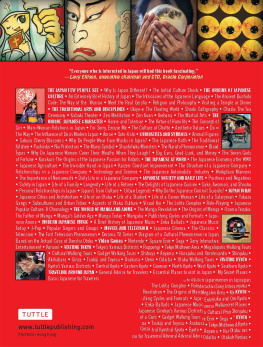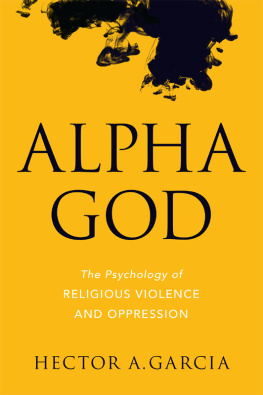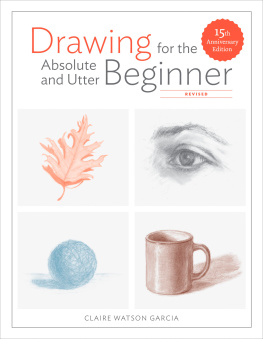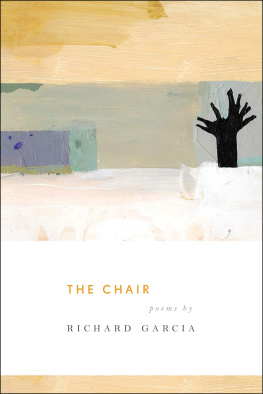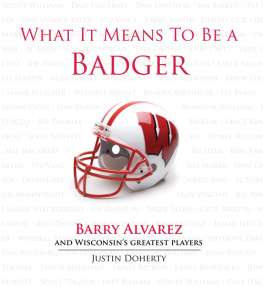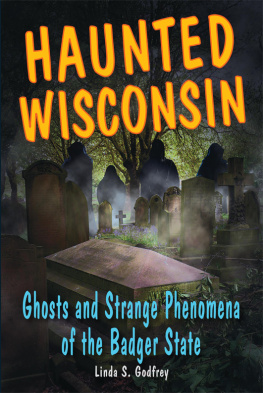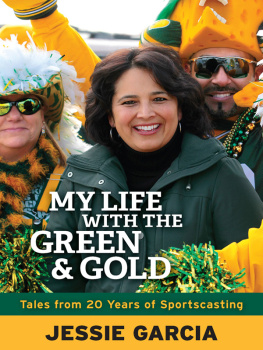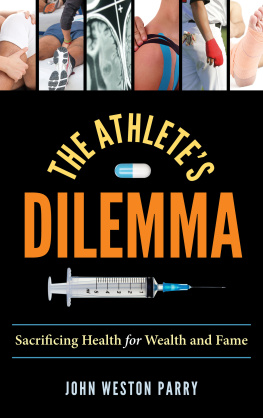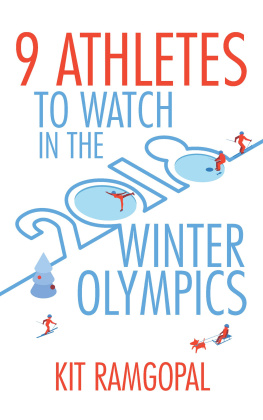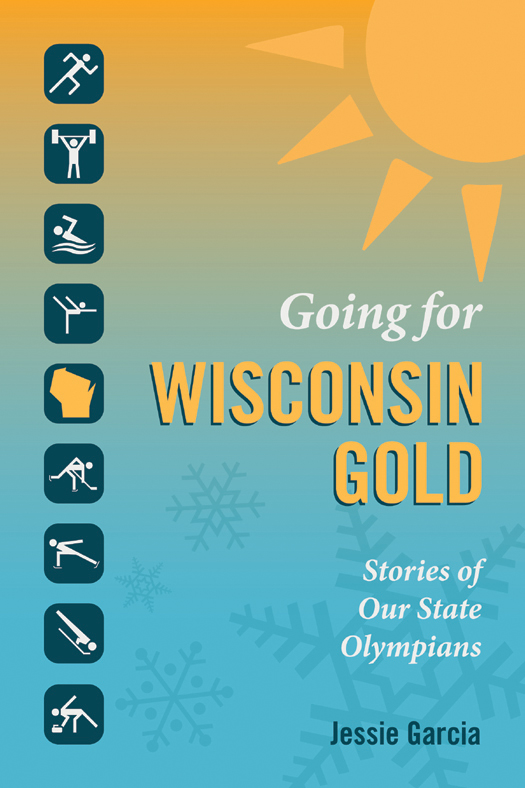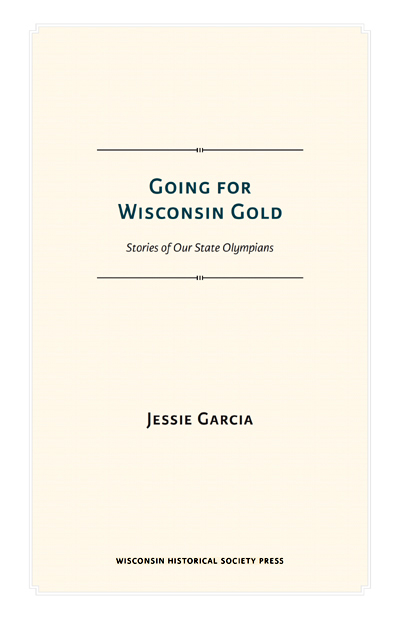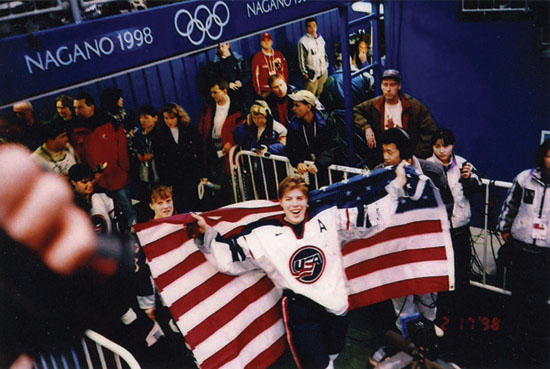
Karyn Bye at the 1998 Winter Games, Nagano, Japan. COURTESY OF KARYN BYE DIETZ
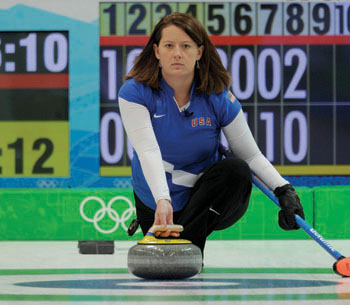
Debbie McCormick, three-time Olympian. MICHAEL BURNS JR./USA CURLING
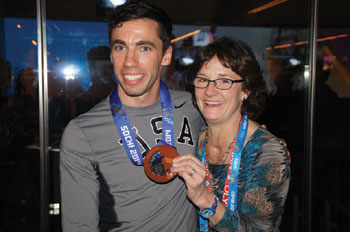
Matt Antoine and Bonnie Blair after the medal ceremony in Sochi, Russia, 2014. COURTESY OF THE ANTOINE FAMILY
Published by the Wisconsin Historical Society Press
Publishers since 1855
The Wisconsin Historical Society helps people connect to the past by collecting, preserving, and sharing stories. Founded in 1846, the Society is one of the nations finest historical institutions.

Order books by phone toll free: (888) 999-1669
Order books online: shop.wisconsinhistory.org
Join the Wisconsin Historical Society: wisconsinhistory.org/membership
2016 by State Historical Society of Wisconsin
E-book edition 2016
For permission to reuse material from Going for Wisconsin Gold: Stories of Our State Olympians (ISBN 978-0-87020-765-5, e-book ISBN 978-0-87020-766-2), please access www.copyright.com or contact the Copyright Clearance Center, Inc. (CCC), 222 Rosewood Drive, Danvers, MA 01923, 978-750-8400. CCC is a not-for-profit organization that provides licenses and registration for a variety of users.
Photographs identified with WHi or WHS are from the Societys collections; address requests to reproduce these photos to the Visual Materials Archivist at the Wisconsin Historical Society, 816 State Street, Madison, WI 53706.
Cover design by Doug Griffin
Typesetting by Integrated Composition Systems, Spokane, Washington
20 19 18 17 16 1 2 3 4 5
Library of Congress Cataloging-in-Publication Data applied for.
C ONTENTS
Alvin Kraenzlein
Track and Field, 1900
George Coleman Poage
Track and Field, 1904
Oscar Osthoff
Weight Lifting, 1904
John Brennan
Track and Field, 1908
Carleton Brosius
Tug-of-War and Fencing, 1920
Ralph Metcalfe
Track and Field, 1932, 1936
Lloyd LaBeach and Don Gehrmann
Track and Field, 1948
Buddy Melges
Sailing, 1964, 1972
Connie Carpenter Phinney
Speedskating, 1972, and Cycling, 1984
Eric Heiden
Speedskating, 1976, 1980
Mark Johnson and Bob Suter
Hockey, 1980
Dan Jansen
Speedskating, 1984, 1988, 1992, 1994
Bonnie Blair
Speedskating, 1984, 1988, 1992, 1994
Mike Peplinski
Curling, 1998
Ben Sheets
Baseball, 2000
Karyn Bye
Hockey, 1998, 2002
Casey FitzRandolph
Speedskating, 1998, 2002, 2006
Chris Witty
Speedskating, 1994, 1998, 2002, 2006, and Cycling, 2000
Paul Hamm
Gymnastics, 2000, 2004
Garrett Weber-Gale
Swimming, 2008
Ben Provisor
Wrestling, 2012
Matt Antoine
Skeleton, 2014
P ROLOGUE
U-S-A, U-S-A is a familiar refrain heard in every Olympics, but truly it could be Wis-con-sin. Since hurdler Alvin Kraenzlein got his start here in the 1890s, the Badger State has nurtured, trained, or schooled more than 400 athletes in a vast array of sports, and that number continues to rise. In 2014 alone, more than 35 of the 230 United States Olympic athletes had connections to Wisconsin.
The state has a varied landscape that can accommodate serious sports enthusiasts whether they compete on ice, on snow, in the water, or on terra firma. The climate offers a constantly changing array of options as wellfrom scorching heat to numbing coldwhich forces our athletes to be hardy but also flexible in their training. After all, you never know when a Wisconsin snowstorm might change your plans. A typically laid-back Wisconsinite can shake off most weather worries with a shrug and a smile. We tend to bring a Midwestern work ethic to our endeavors, and this can be seen in so many of our top athletes. Wisconsins Olympians have often been hailed in the press and in public as being among the most humble and down-to-earth people around. Were just plain nice, but we know when to work hard and how to achieve our goals. We can bring the sizzle when the worlds spotlight is on us, but we do it with class.
Wisconsin has always been a sports state and boasts a thriving youth sports culture where many of our homegrown athletes got their start. Others were drawn by our world-class universities, athletic facilities, and coaching talent. No matter how an athlete comes to Wisconsin, the state becomes part of his or her Olympic story.
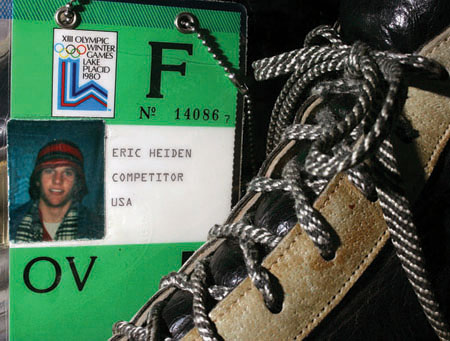
Eric Heidens Olympics pass and skates from the 1980 Winter Games in Lake Placid, New York. WISCONSIN STATE JOURNAL ARCHIVE
This book introduces you to a sampling of these athletes from a variety of sports, eras, and geographical parts of the state. There were hundreds to choose from, far more than would fit into one volume, and all of them with fascinating stories. Each athlete featured here represents dozens of others. We chose carefully, and with great respect for telling the history of the Olympics along with compelling tales of competition. Even as this book was going to press, we were watching Wisconsins current slate of Olympic hopefuls with anticipation. As Madison native and Olympic hockey gold medalist Mark Johnson once told the Milwaukee Journal Sentinel, The Olympics is the biggest platform sports provides us. For two weeks the world shuts down and watches, and to have Wisconsin athletes perform on that platform and be so successful, its pretty neat.
The Wisconsin Historical Society Press wishes to thank the athletes, families, and historians who gave their time, memories, and photographs for this project. On Wisconsin! And Go Team USA! Well be watching and cheering you on.
I NTRODUCTION
P icture this: Olympia, Greece, 776 BCE . Thousands of spectators, all of them men, gather in a stadium with four grassy side slopes to watch a footrace of less than 200 yards. A young cook named Coroebus takes off sprinting with the group, crosses the end point first, and hears the bellowing cheers around him. He is crowned with a wreath made from the branches and leaves of an olive tree.
This was the first recorded moment of the Olympics, and Coroebuss race was its only event. He and his competitors likely wore loincloths, but nudity would later be standard. It wasnt long before the public demanded variety, and more sporting competitions were added, including a four-horse chariot race, longer runs (some with athletes wearing heavy coats of arms), discus, boxing, and wrestling. For many years women were not allowed even to watchdoing so risked executionbut the rules relaxed as the centuries passed. The Games, held during a religious festival honoring the Greek god Zeus, evolved into a carnival atmosphere, with magicians and other entertainers milling about the grounds, and booths and tents as far as the eye could see. The Olympics continued on an every-four-year cycle for over a thousand years.


